Everything you need to know to visit Leonardo da Vinci's Last Supper, the masterpiece of the Italian Renaissance

The Cenacle, also known as the Last Supper, is the most famous representation of Christ's last supper. It is a wall fresco, dating back to between 1494 and 1498, created by Leonardo da Vinci and commissioned by Ludovico il Moro, regent of the Duchy of Milan. The fresco is in the refectory of the Sanctuary of Santa Maria delle Grazie, in Milan.
To do this, Leonardo experimented with a particular mixed technique, incompatible with the surrounding environment and from the beginning the fresco began to deteriorate. The long restoration works have allowed a restoration that today allows the visit and access to 1300 visitors a day. In this article you will discover Leonardo da Vinci's Last Supper in Milan and how to best visit it.
Leonardo da Vinci's Last Supper in Milan: how to best visit it
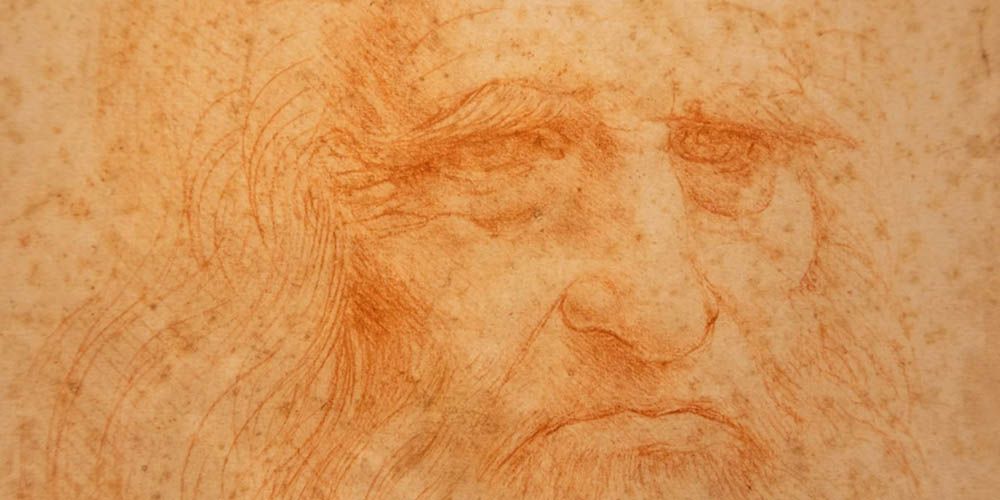
Considered one of the greatest geniuses of humanity, Leonardo da Vinci was the spirit of the Italian Renaissance. Versatile and multifaceted, he was a painter, sculptor, architect, inventor, scientist, engineer, draftsman and designer. The strength of his creativity reached into every area of knowledge and was tireless.
In this article we will tell you about the history of Leonardo da Vinci's Last Supper in Milan, how it was created, why it is important, where it is located and how to best appreciate it, catching details that you would otherwise have overlooked. We will also give you practical information on how to get there and what type of ticket to book depending on your needs. Continue reading and discover Leonardo da Vinci's Last Supper and how to best visit it.
The story of the Last Supper by Leonardo da Vinci
The years in which Leonardo da Vinci's Last Supper was created were years of great ferment and artistic splendor for the Italian courts and states. Lorenzo the Magnificent dominates in Florence, and it is he who puts Leonardo da Vinci in contact with Ludovico Sforza, known as il Moro, lord of the Duchy of Milan, who will commission him for the Last Supper. The Cenacle was created in the refectory of the church of Santa Maria delle Grazie, which Ludovico il Moro had chosen as the place of celebration of the Sforza family.
Painted over the course of two years, the theme is faithfully taken from the Gospel, in the moment in which Jesus reveals to the twelve apostles that there is a traitor among them. The occasion of the Last Supper was the celebration of Pesach, the Jewish Easter. Leonardo da Vinci presents us not only with the action, the movement, the confusion among the apostles, some of whom try to reach the master, others chatter among themselves in disbelief; Leonardo with great mastery also gives us the emotional reaction that the news arouses in those present. The feelings of each apostle shine through clearly and authentically. We notice anguish, fear, doubt, uncertainty in the eyes and attitudes.
Where is Leonardo da Vinci's Last Supper located?
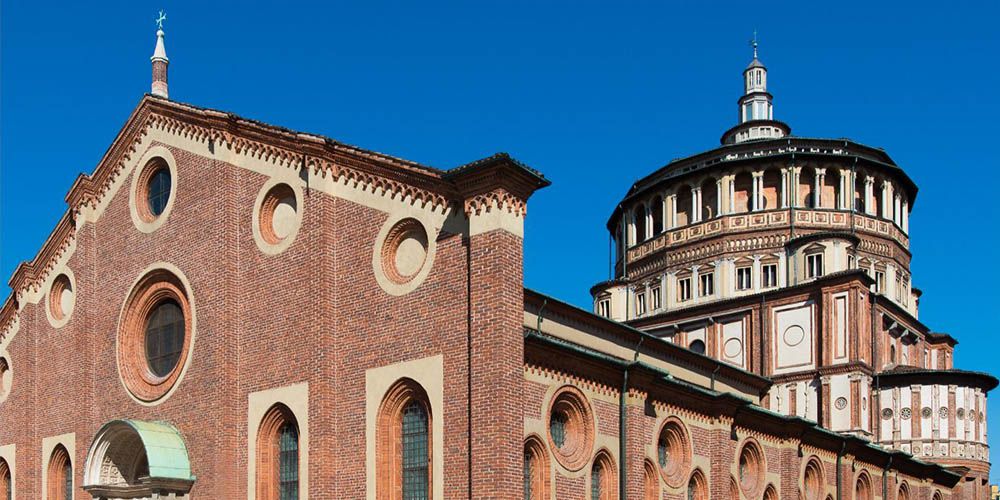
The Last Supper by Leonardo da Vinci is found in the original position where it was painted, on the wall of the refectory of the ancient Dominican convent annexed to the Church of Santa Maria delle Grazie, in Milan. The fresco characterized this environment so much that over time it took on the very name of cenacle. Despite the changes it underwent over the centuries, the refectory enjoyed particular attention, even in the most dramatic moments of the convent's history, due to the presence of Vinci's precious masterpiece.
The room is rectangular and has a total length of 35.50 meters, the mural painting of Leonardo's Last Supper is placed at the bottom. The ceiling is dominated by a large barrel vault. The refectory functions as a perspective box, where Leonardo manages to create the illusion that reality continues beyond the painted wall, and he does so thanks to a skillful use of light and perspective. If you are here to visit the Last Supper, a visit to the splendid church of Santa Maria delle Grazie, an important example of the Milanese Renaissance, is unmissable.

Why Leonardo's Last Supper is important
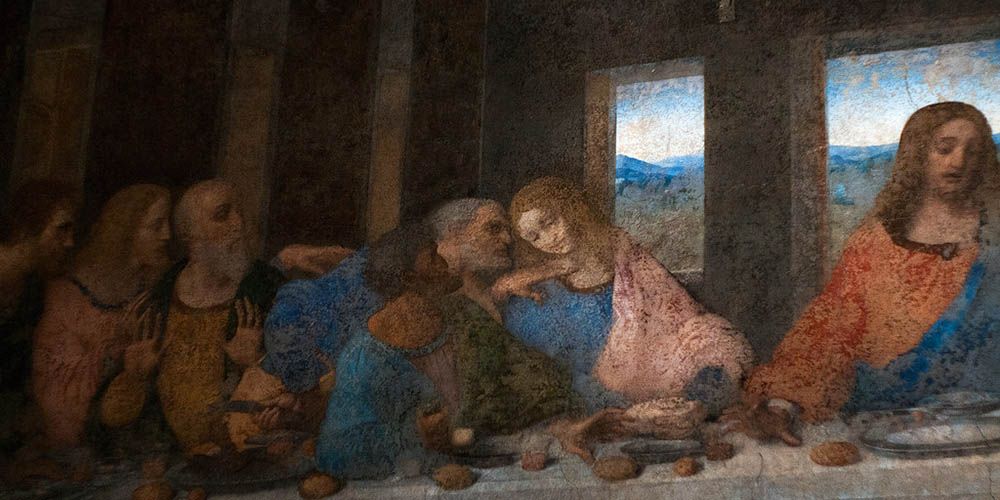
That the Last Supper by Leonardo da Vinci is a central painting for the history of art of all time is confirmed by the fame that the wall painting achieved even immediately, as demonstrated by the numerous copies that were made of it. The novelty and importance of this painting lies both in the technique adopted by Leonardo in creating it, preceded by numerous perspectives, light, and even acoustic studies.
Another fundamental aspect lies in the emotional interpretation of the situation, in some ways it seems to be in a still image of a film, in which a dramatic action has just taken place. Over time there have been many curiosities and mysteries that historians, researchers, but also novelists and directors have wanted to see in painting. Like, for example, in the novel The Da Vinci Code by Dan Brown, where it is stated that the figure to the right of Jesus is not the apostle John, but a female figure.
How to get
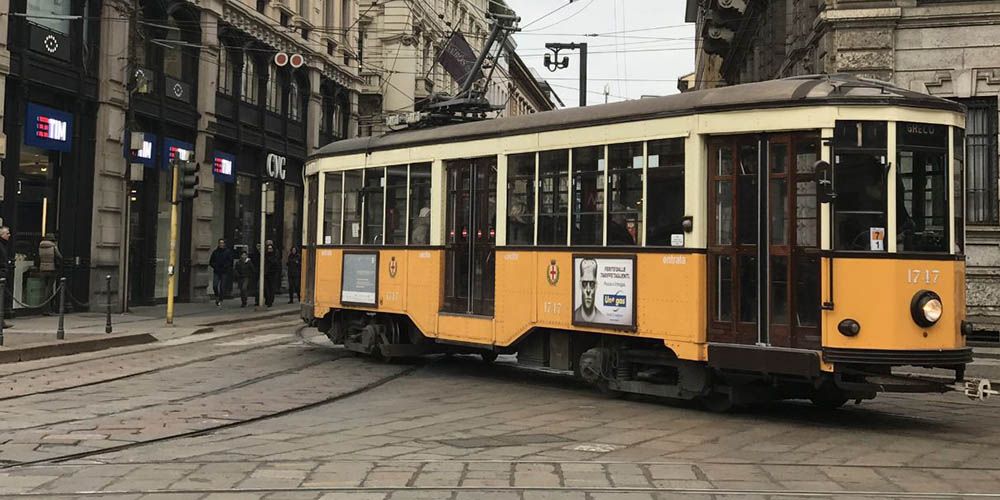
The church of Santa Maria delle Grazie in Milan is in the square of the same name, about 1km away from the Sforzesco Castle. To get there we recommend taking public transport. The options are metro line 1 and get off at the Conciliazione or Cadorna stop, or line 2 and get off at the Cadorna stop, which is less than a kilometer from Leonardo's Last Supper; alternatively, you can use trams number 16, 20 or 24 stopping at Corso Magenta-Santa Maria delle Grazie and finally the last option is bus number 18. Also take advantage of the transport to take a tour of the 20 unmissable attractions of Milan.
Leonardo da Vinci's Last Supper: visit guide
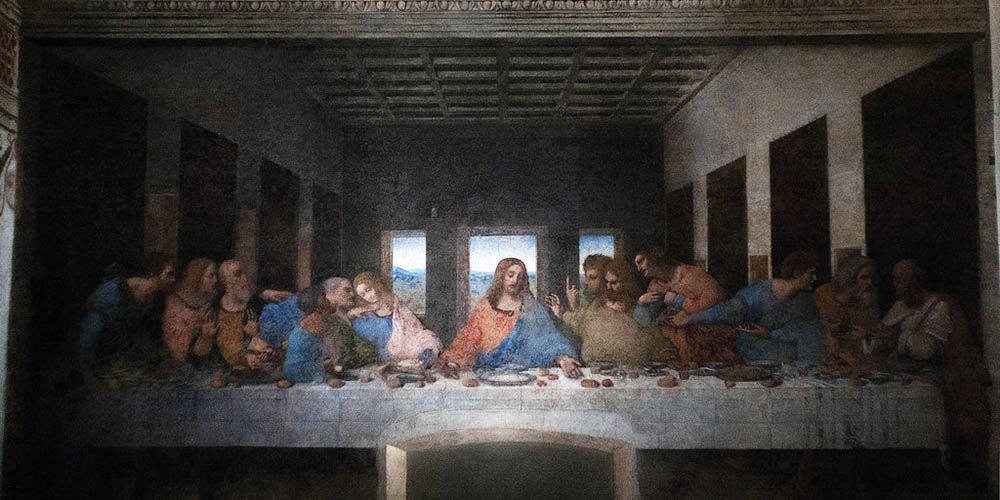
The wall painting of the Last Supper by Leonardo da Vinci in Milan is 9 meters wide and 4 meters high. As is known, Leonardo did not love the fresco technique, because it required a speed of execution (to spread the colors before the plaster dried) which was not in line with his modus operandi, made up of continuous modifications and various afterthoughts, he chose therefore a mixed dry technique on plaster, which allowed him to work slowly and have the possibility of modifying what he had already painted. Unfortunately, this technique immediately showed serious defects and already about twenty years after its creation, Leonardo da Vinci's Last Supper appeared very damaged, due to the humidity of the wall behind it.
The aerial perspective used by Leonardo catalyzes attention on the wall painting of the Last Supper. The first impression is solemnity and calm agitation. The central figure of Jesus, with his mouth open, has probably just finished pronouncing the fateful words truly I say to you: one of you, the one who eats with me, will betray me. On either side of him the apostles are agitated, frightened and curious, they chatter among themselves, Jesus is among them, but at the same time it is as if he were abstracting himself from this very human buzz and commotion, which arose from his words. The scene captures the attention so much that many do not notice the five lunettes that enrich the work, within which the exploits of the Sforza are depicted, inside garlands of fruit, flowers, and leaves.
Booking methods and ticket types

To book your visit to Leonardo da Vinci's Last Supper in Milan we recommend that you move well in advance. Daily admissions are limited, and it is a very visited work, so if you are planning a trip to Milan, to reserve tickets, book several months in advance. For example, if the tickets are sold out on the official website and you want a more immediate modality, we suggest two options: a ticket to avoid queues at the entrance, ticket with priority access with an expert guide, it will allow you to listen to the work, the artist and the site where it is located from the mouth of an expert. Alternatively, if you want to combine the visit to Leonardo's Last Supper with a guided walking tour of historic Milan, we suggest a ticket with priority access to the Last Supper + tour of historic Milan. Enjoy your visit.


